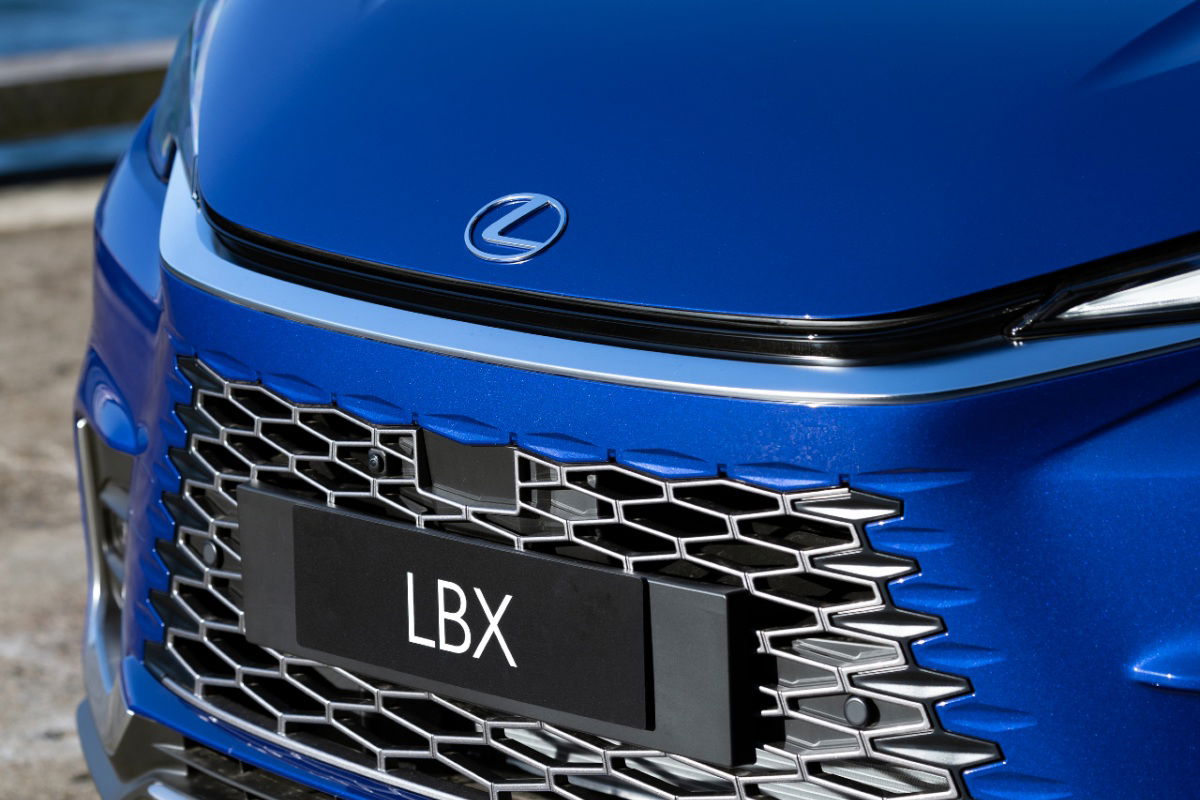
Think of a ‘luxury car’ and chances are your mind immediately goes to something big – a Mercedes-Benz S-Class, a Range Rover or similar.
But in recent years the luxury car brands have realised there is a demand at the other end of the market, especially the compact SUV segment, and models like the Audi Q2, Mercedes-Benz GLA-Class and Mini Countryman have sprung up.
Now Lexus is getting in on the act, taking the same fundamental underpinnings as the Toyota Yaris Cross and giving it a luxury overhaul to create the first-ever Lexus LBX. This pint-sized SUV sits at the button end of the range, effectively but not directly, replacing the often-overlooked Lexus CT hatchback.
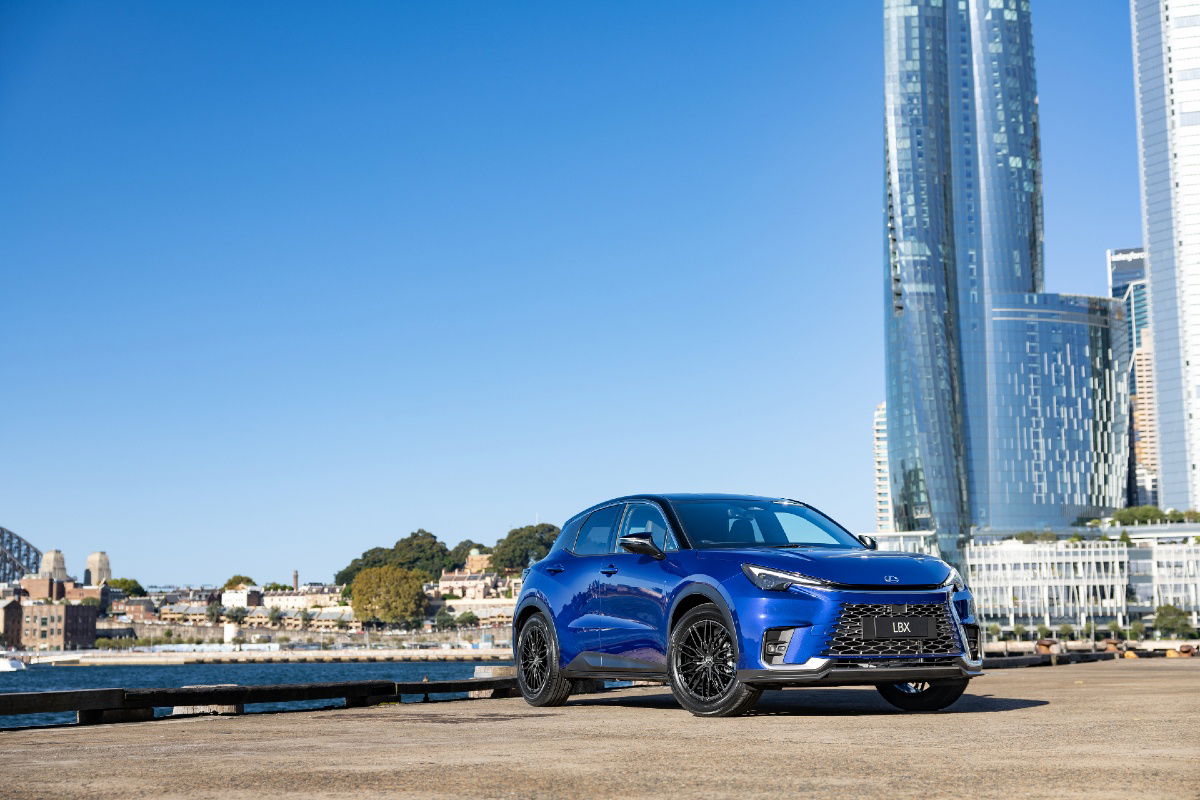
The LBX is hard to overlook though, thanks to its stylish design and well-balanced proportions. It cuts an impressive figure even standing still, which is a must of a true luxury car but often tricky for such small SUVs, but the LBX does it with ease.
The most obvious selling point for the LBX is the price, the entry-level Luxury grade starts at just $47,500 (plus on-road costs), which is cheaper than the equivalent models from Alfa Romeo, Audi, BMW and Mini – its direct challengers.
The better-equipped Sports Luxury is priced from just $52,990 for the front-wheel drive version, or $56,990 for the all-wheel drive Sports Luxury we drove. There is a high-performance version, the LBX Morizo RR which starts at a far-less-affordable $76,490 – but that’s a story for another day.
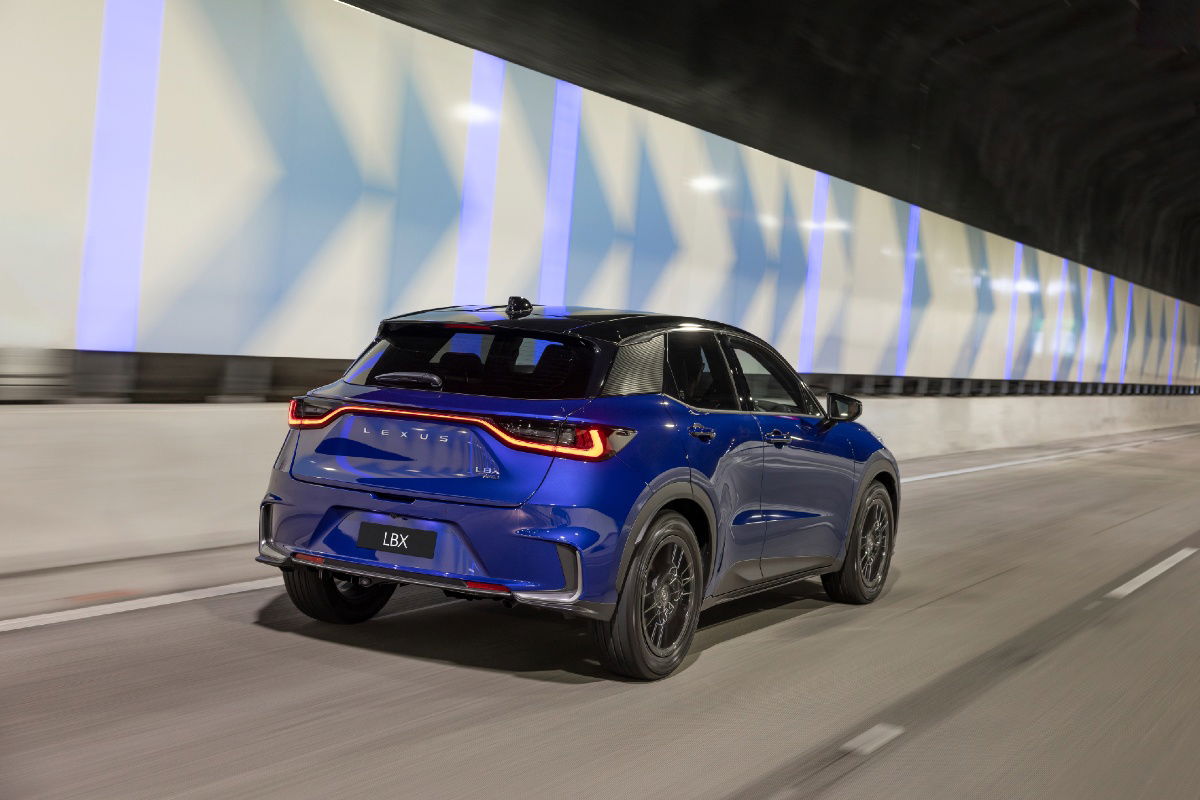
What’s important is the LBX Sports Luxury AWD we reviewed undercuts its direct peers without any obvious corners cut. That’s because, despite its size, every inch of the LBX feels like a proper luxury car, only smaller.
Standard equipment on the Luxury grade includes 18-inch alloy wheels in grey, LED headlights, heated front seats, dual-zone climate control, wireless smartphone charging and a six-speaker Panasonic sound system. Stepping up to the Sports Luxury brings the next level of sophistication, starting with the unique black 18-inch alloys, a mixture of faux leather and suede throughout the cabin and a 13-speaker Mark Levinson Premium sound system.
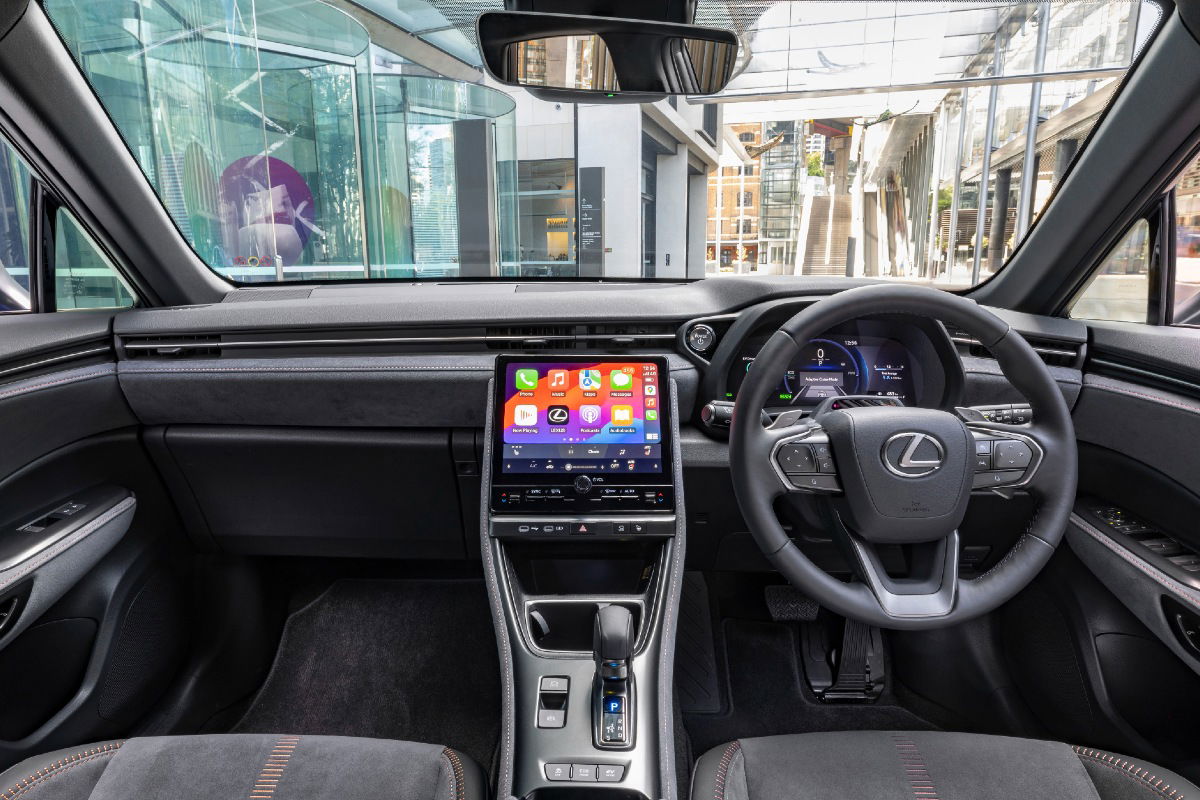
So, while it may be a more affordable luxury car, it’s certainly not a stripped-out, dressed up Toyota – the LBX stays true to all the elements that have made Lexus the third best-selling luxury brand in Australia.
It’s not a perfect vehicle by any stretch and it does have its foibles, starting with the powertrain. Lexus has upgraded the same 1.5-litre three-cylinder petrol engine hybrid set-up found in the Yaris Cross. The upgrades include a boost in power, to 100kW (with no official torque figure provided), while fuel consumption remains a low 3.8-litres per 100km.
The only difference between the two-wheel and all-wheel drive models is the AWD versions get an asynchronous electric motor on the rear axle, which Lexus claims provides only 4.7kW and 52Nm.
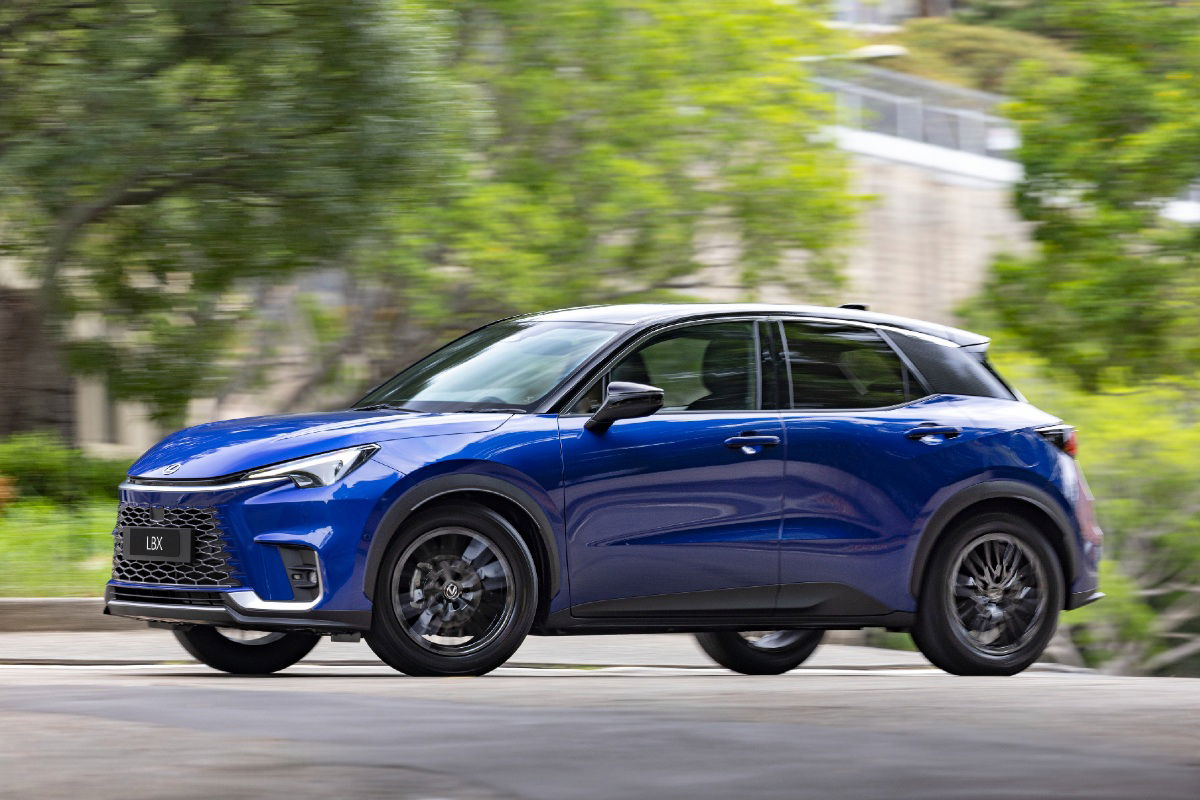
While the engine, even with its modest-on-paper performance does an admirable job, Lexus’ decision to stick with a continuously variable transmission (CVT) does detract from the otherwise pleasant driving performance of the LBX.
It’s not that it’s a bad CVT, it’s just that all CVT simply don’t provide the same driving feel as a conventional torque converter automatic or dual-clutch transmission, so it can make the LBX feel less responsive than it should be at times.
Which is a shame, because the chassis is very responsive and the compact dimensions make the LBX great fun to drive. Which is precisely what a luxury car of this size should be, it doesn’t need to be plush and pampering (although it actually is quite comfortable) but it should be engaging and enjoyable, and it ticks those boxes.
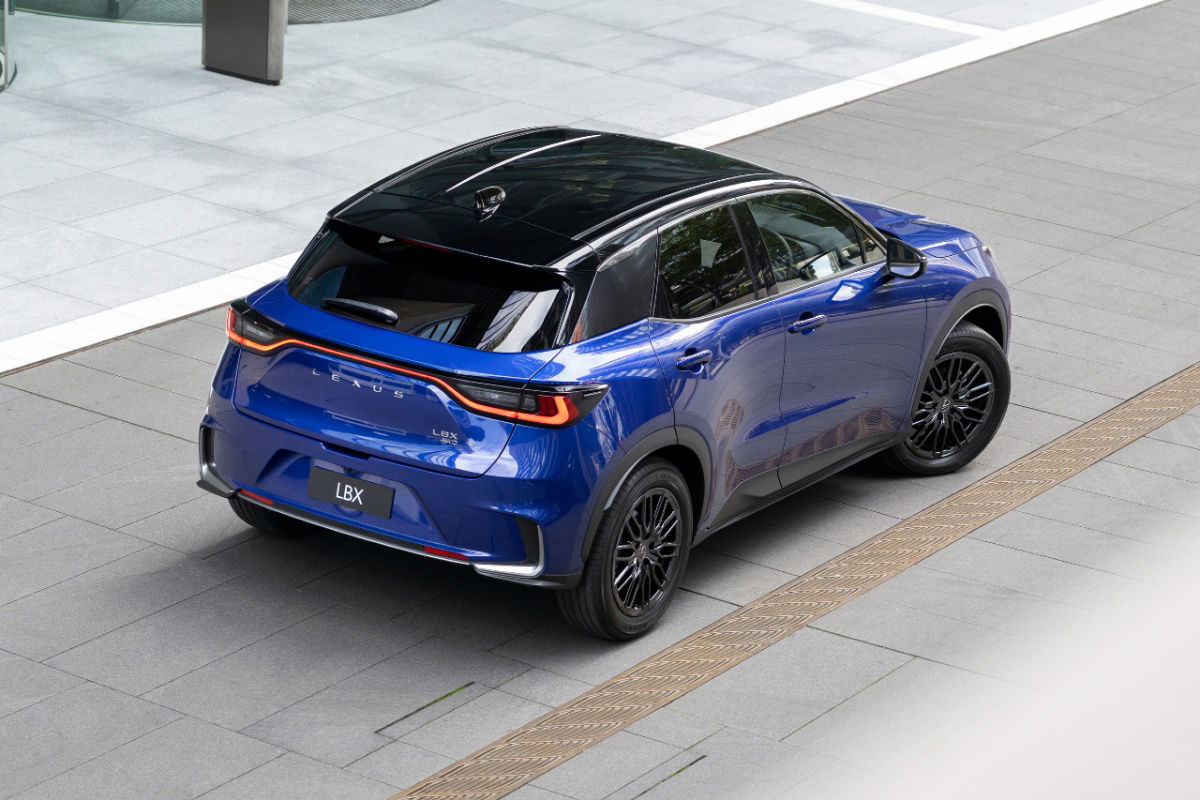
Inside the LBX the cabin, again, looks and feels like a Lexus – only smaller. The blend of materials and the integration of technology make it feel like a more expensive, and bigger, SUV.
Where it does show its size, however, is the back seats. The LBX may have four doors and theoretically room for five, but in reality the back seats are incredibly cramped and almost unusable. Certainly you wouldn’t want to put anyone you like in the back seats.
But even as a two-seater city-sized SUV the LBX feels like it will have enormous appeal. It certainly seems that way, halfway through 2025 the LBX was Lexus’ second best-selling model in Australia, so clearly people are being won over by its compact size and luxury charms.
No, $50-60k isn’t ‘cheap’ in the way we traditionally have thought of the new car market, but in the post-pandemic era the LBX represents great value. But luxury is also no longer defined by the size of your car, but the quality, design and driving experience and the LBX has all those elements covered.













Discussion about this post